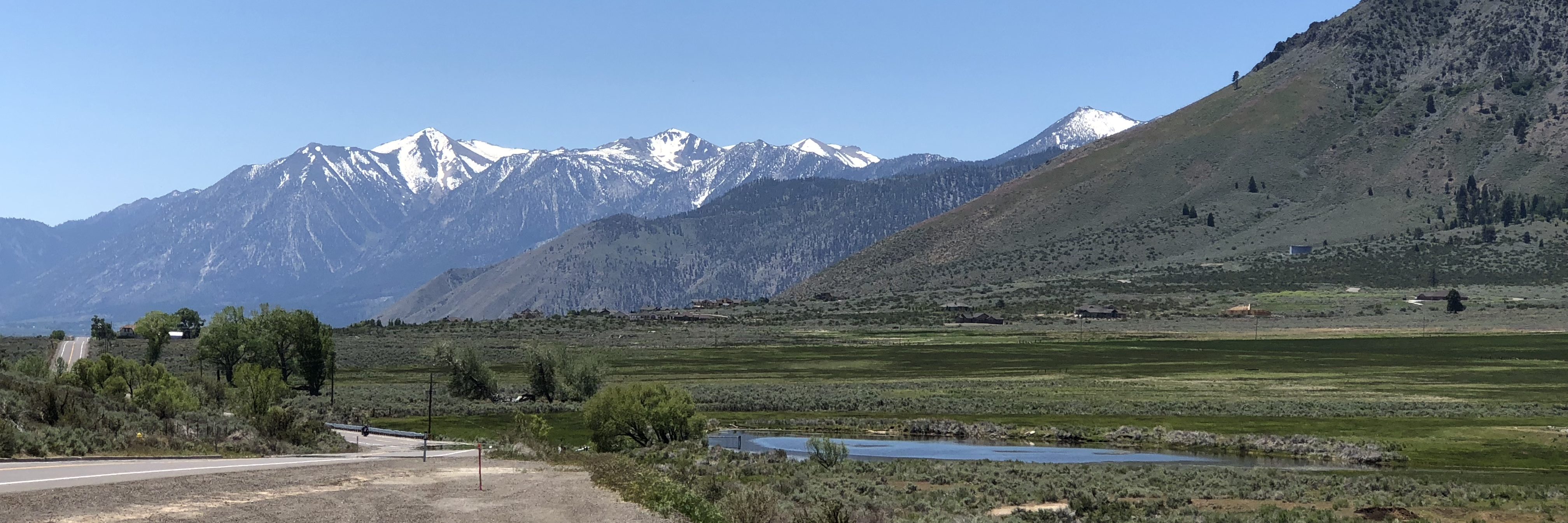Looking for a dwarf evergreen on a standard?
This is the “Dwarf Serbian Spruce” . Thus spruce has those soft green needles on the top-side and the bottom side retains that bluish color. The rounded form is very easy to maintain, I’d say a spread of 5.0′-6.0′, and around 5.0′ for the height.
There are now a lot of these type of evergreen standards out there to use but I am hooked on this 2 color effect of this small spruce. I like the subtleties of the change from green to blue. As opposed to something that’s a bright yellow, or some such thing.
What I would really like to talk about is using this type of evergreen in the landscape. Evergreens on standards like this make an incredibly strong statement in the immediate area they are placed. Becoming a focal point, or at least an exclamation point, needing a supporting cast to show off this plants interesting characteristics. A mass of low perennials, or ground cover is a safe bet, not . . . a group of 4 or 5 deciduous shrubs with the same rounded shape competing for your attention.
These globes also look great as part of a collection of conifers/evergreens. Though I tend to put them(evergreen standards) next to some lower, wider spreaders . . . I like a looser form just to play off the differences. I personally like to see the contrast working off each other in conifer groupings.
Looking back through some of my work I’ve noticed the use of smaller evergreens as year-round interest points in perennial beds, or grass beds. In the past these would usually be some type of vertical element-think long, narrow, stiff, evergreen, etc. A big-time exclamation point. I would suppose this is even more true of my work in Ohio-putting up with such a long season of dormancy.
The other way to use these dwarf globes is as a pair, flanking a sidewalk or guarding the ends of a bed. I guess you would say this is the standard, typical, ho-hum way to be placed in the landscape. it’s true, but it works.
I am going to write about more plants as I travel through nurseries looking at plant material. Looking at some new cultivars of old favorites, or reminding ourselves how much good stuff is out there.
Remember this design tip with these types of shrubs . . . think focal point, then place this type of evergreen where you want someone to look, a place of interest, and appreciate what’s happening in that space. Then surround these focals with subordinates to support the uniqueness of the evergreen on a standard. Focal point—subordinates . . .



I have 2 of these, flanking the end of my walkway from the front of the house. It is surrounded by beautiful low annuals that makes it a stunning feature. It went through winter fine, but as soon as the warm weather hit in early May, one of them strarted dropping so many leaves that it has about1/3 of the needles that it shoud be. It is also browing so much that there is very little blue/green left except on the very top.
Is this dying and can it be saved. I’ve only had them since last summer and they are not cheap.
Thanks, P.L.